The members of the Osage Indian tribe became rich when the oil was discovered under their reservation in Oklahoma in the early 20th century. The Osage tribe became dominant in the region in the early 19th century, and the majority of their descendants live in Oklahoma. After the discovery of oil, their members suffered manipulation and numerous murders by whites eager to take over their newly discovered wealth. In 1923, when more than two dozen people of Osage tribe were murdered, the case was assigned to the FBI. It was among the first major homicide investigation for the FBI.
The killings started in May 1921, and the first victim of the massacre was 25-year-old women Anna Brown. Her decaying body was discovered in a ravine by the hunters. She had been shot between the eyes. The same day Anna’s cousin Charles Whitehorn’s dead body was found, and two months later, her mother, Lizzie Kyle, was also murdered. These killings were not confined to family, and another woman was found dead on her lawn. A sympathetic local lawyer was also thrown from a speeding train. The estimated death toll of Osage member was over a hundred, but some of these killings were not reported or covered up. The FBI estimated 60 Osage Indians died violent or suspicious deaths. The FBI found several murders in one family, committed by a gang led by William “King of Osage Hills” Hale. His goal was to gain the oil royalty rights and wealth of several tribe members, including his nephew’s Osage wife, the last survivor of her family. Most of the murders remained unresolved.
To prevent further crimes and to protect the members of the Osage tribe, congress passed a law prohibiting non-Osage from inheriting headrights from Osage, who had half or more Native American ancestry in 1925. In 2011, the US government settled with the Osage for $380 million, which was the largest settlement with a tribe in US history.
Here below are some photos of the members of the Osage Indian tribe members.
#1 Mollie Burkhart, right, with her sisters Anna and Minnie. They were part of the Osage Native American tribe, who were killed one by one in a murder mystery.
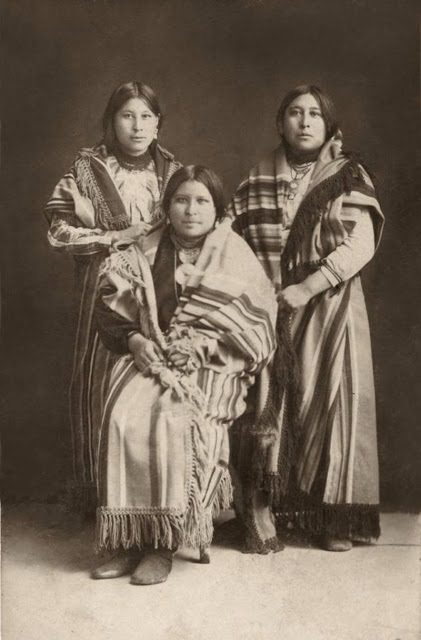
#2 Mollie became a prime target after it was revealed her people were living on land where there was oil underneath.

#3 Chief Bigheart ensured that the wealth of the Osage would stay only among tribe members.
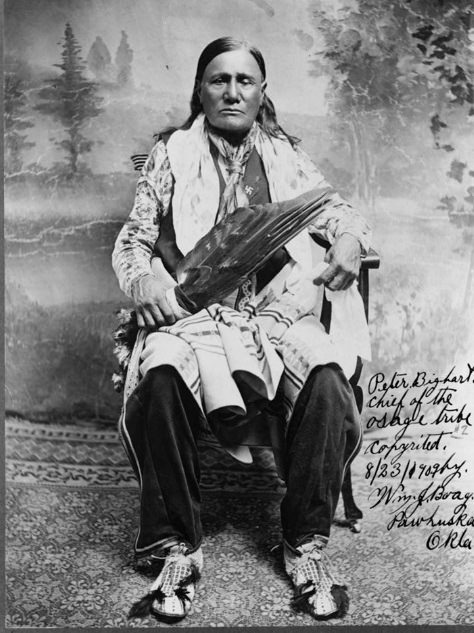
#4 Anna Brown was one of the first victims of the Osage killing spree.

#5 The Osage tribe were among the richest people in the world and often rode in chauffeur-driven cars.
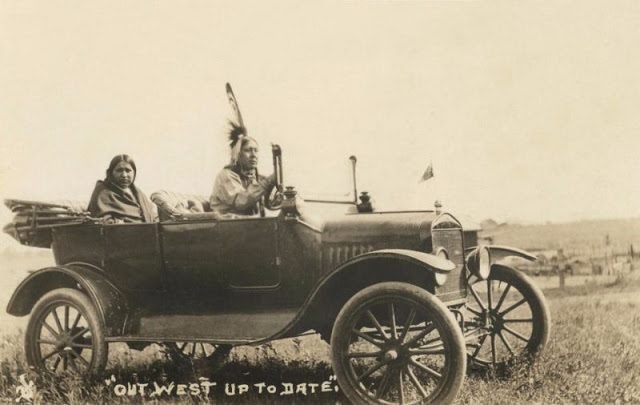
#6 The fourth sister Rita with servant.
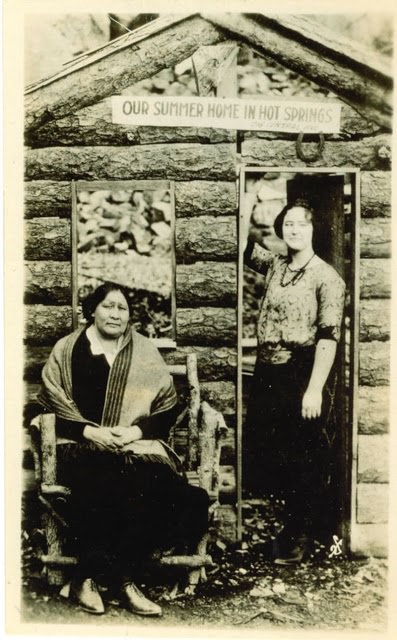
#7 Another woman of Osage tribe who killed in 1921.
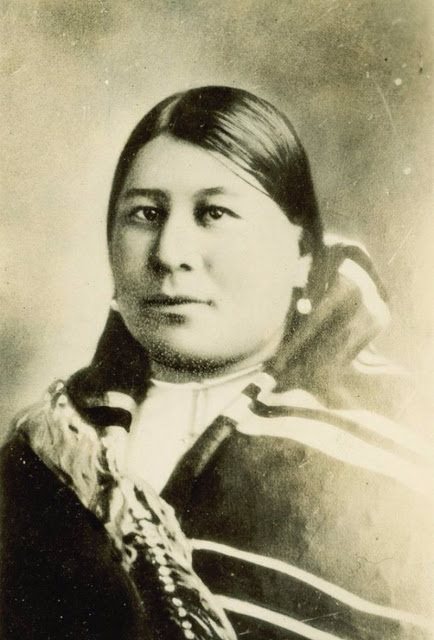
#8 The Osage nation native Americans were among the richest in the world but were eventually forced into a new reservation.
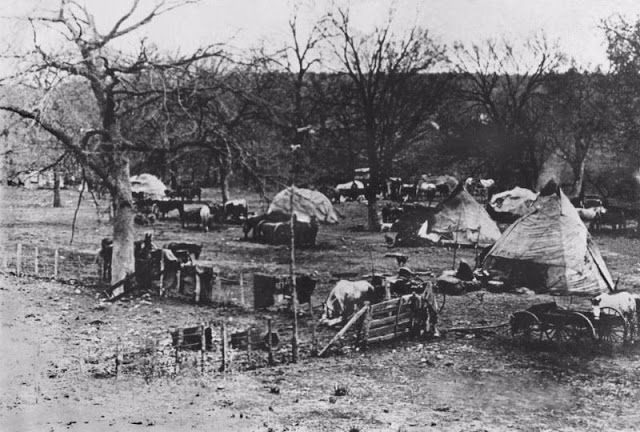
#9 The ravine where Anna Brown’s body was found.
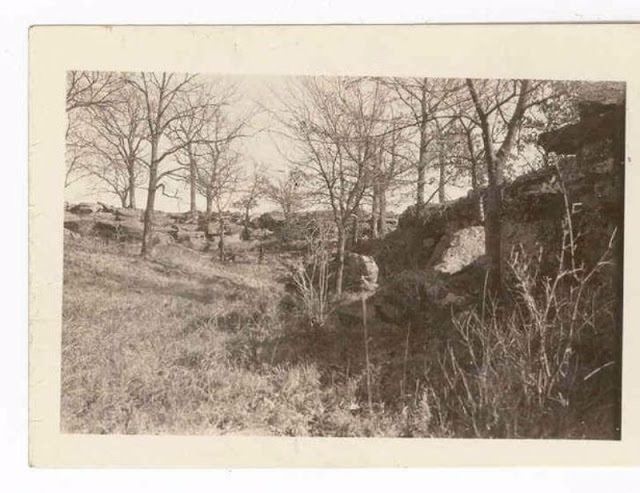
#10 The Al Spencer Gang jokingly hold up others in their crew. All gangsters in the local area were under suspicion of carrying out the murders.
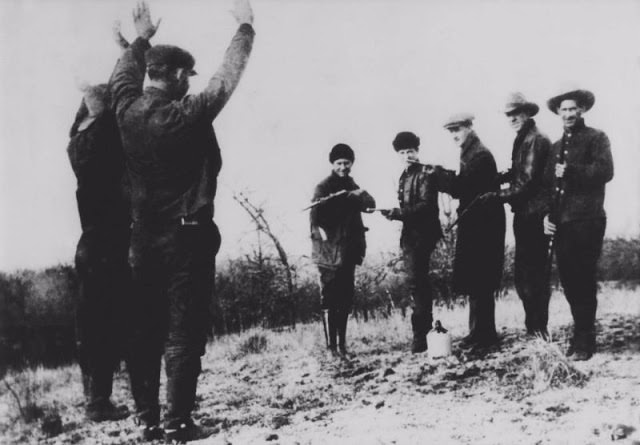
#11 Lawmen seize illegal moonshine in Osage County in 1923 at the time of the murders.
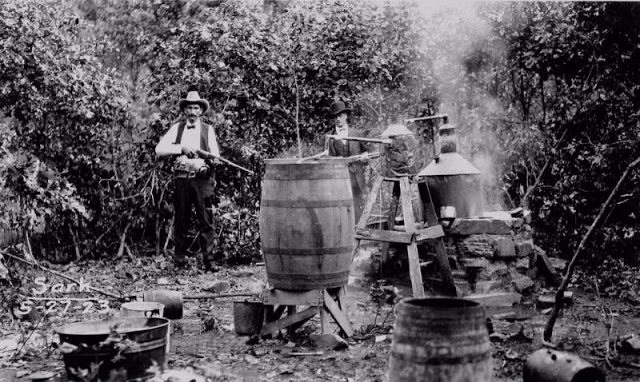
#12 William Hale competing in a roping contest when he was a cowboy.
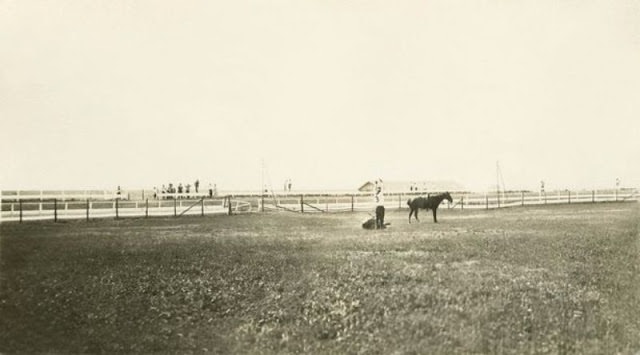
#13 A pair of Osage women in 1921.
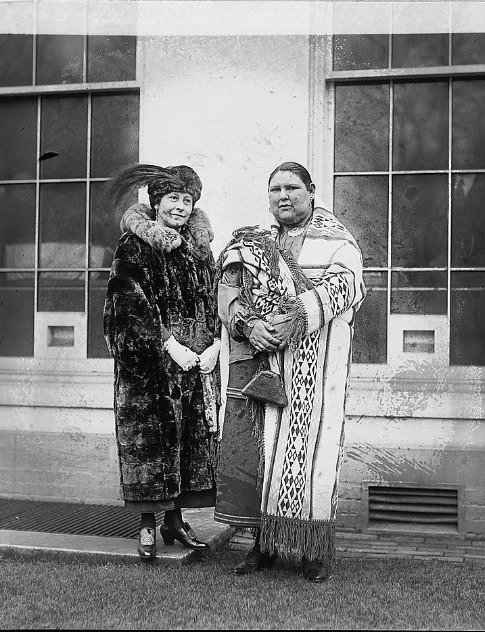
#14 The Osage Council and tribal representatives in Washington D.C.
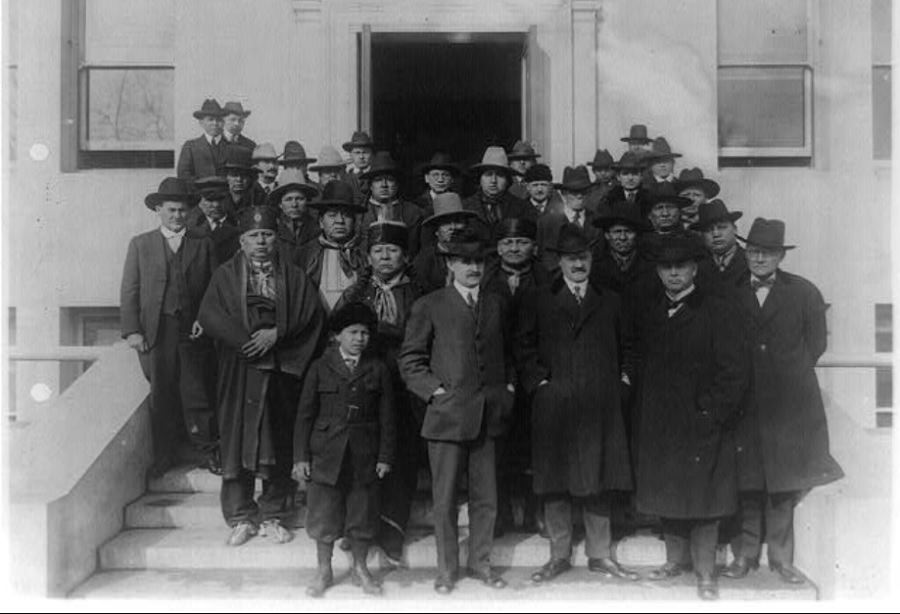
#15 Rita Smith whose death triggered a federal investigation.
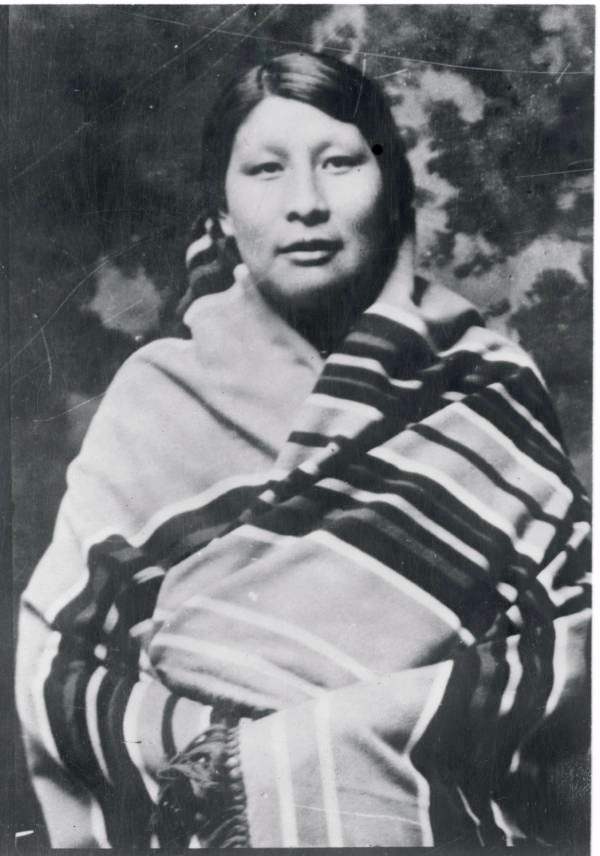
#16 A trial document connecting the various murders back to the ringleader of the murder spree.
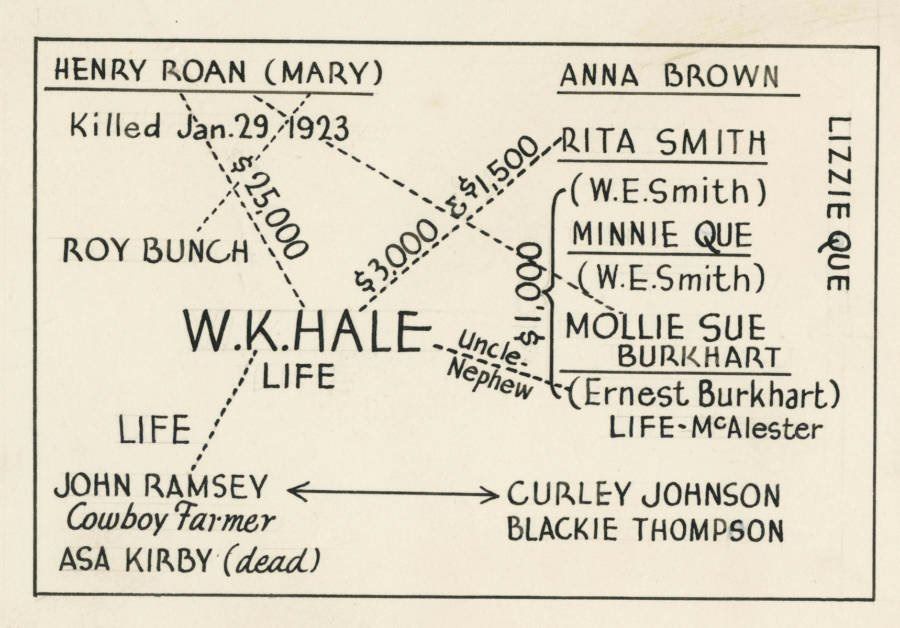
#17 FBI Chief J. Edgar Hoover, right, brought in Tom White, left, a stetson-wearing, Texan lawman to solve the case.
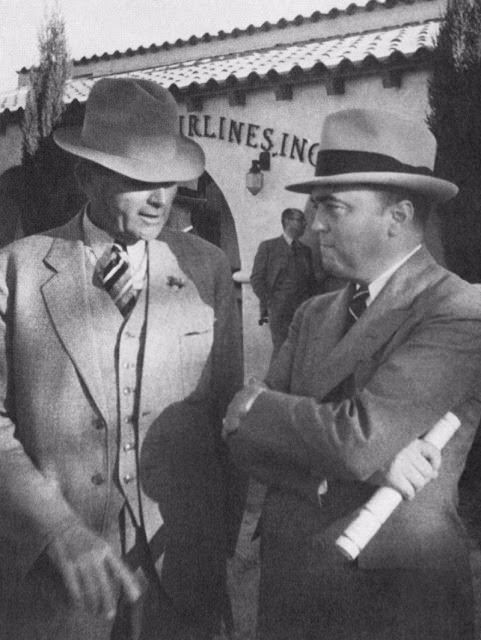
#18 The FBI team included a former Texas Ranger who was said to be sutied for ‘any element of danger’.

#19 Killer Bill Hale.
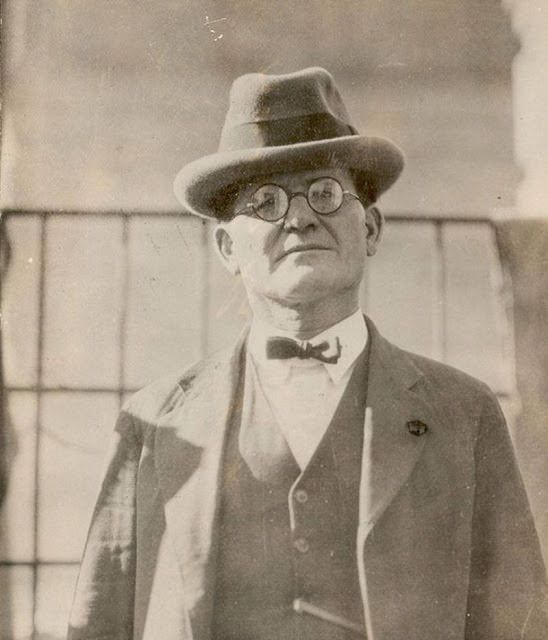
#20 Eventually, Detective Tom White traced the start of the crimewave to Anna Brown’s brother-in-law, a white man called Ernest Burkhart and his domineering uncle Bill Hale.
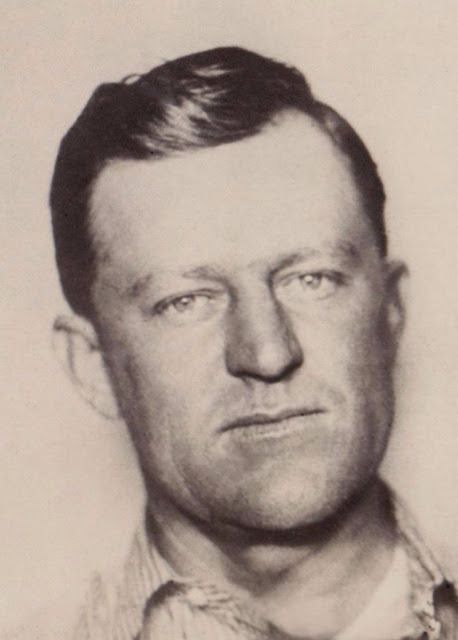
#21 Devil in the detail.Part of a panoramic 1924 photo of the Osage tribe before this left-hand section with evil Bill Hale, circled, was removed.
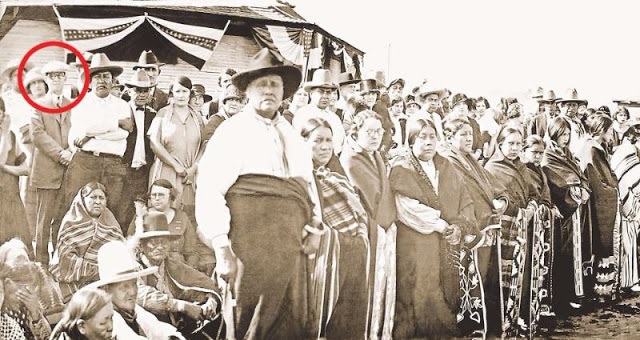



In my opinion, this is one of the best examples of how racism in America differs from classism. They weren’t just rich – they were high society members as well. They weren’t murdered because they were poor, uneducated, savage, banal, antisocial, or any of the other excuses that racists like to posit. They were murdered purely because they were not white.
Yet, the murderers were caught by following who profited from their deaths. Be as racist as you like, but if you aren’t green and made of fiberpaper, you’re not the correct color to matter.
It seems that both perspectives could hold some validity, as there may be instances where affluent individuals of the white race have become victims of violent crimes perpetrated by individuals seeking to exploit their wealth. However, throughout history, groups outside of the accepted majority have often been more vulnerable to predatory behavior. While the perpetrators in this particular case were ultimately apprehended, it may be argued that their actions only drew federal attention due to the severity of their crimes.
The Osage were not the only rich people in Oklahoma.
It’s likely that the Osage were more vulnerable targets than wealthy white individuals due to several factors, including the guardianship system that left many Osage people dependent on non-Native Americans, a lack of powerful connections, and limited familiarity with white society’s workings. Additionally, anti-Indian prejudice likely contributed to a lack of public concern for the Osage murders, although the perpetrators’ actions exceeded even the dismal standards of the time. It’s reasonable to assume that law enforcement would have been more diligent if dozens of wealthy white Texans had been similarly killed.
Indeed, it’s possible that multiple factors contributed to the tragedy that befell the Osage people. Factors such as the guardianship system, lack of powerful connections, and anti-Indian prejudice may have made them more vulnerable targets, while a lack of public concern and institutional biases may have hindered efforts to investigate and prosecute those responsible for the murders.
It is possible that the Osage people were more vulnerable to the crimes committed against them due to a variety of factors, such as the guardianship system that left many Osage individuals at the mercy of non-Native American guardians who may have taken advantage of their position. Additionally, the lack of powerful connections and lesser familiarity with the workings of white society may have made the Osage people easier targets for those seeking to exploit their wealth. Moreover, anti-Indian prejudice may have contributed to a lack of public concern for the Osage murders, although the severity of the crimes committed may have exceeded even the low standards of the time. It is likely that law enforcement would have been more thorough in their investigations if wealthy white Texans had been similarly targeted.
The Osage people’s inability to act as guardians of their own wealth was a consequence of racist policies.
That’s why the Rosamund Pike movie felt uncomfortable – why were we expected to root for her?
This type of racism is not limited to any particular region or ethnic group; it can be found worldwide. It is present in different forms, such as colorism within African and Indian communities, or discrimination against minority groups by the dominant ethnic group in regions such as China or Japan.
To further illustrate the discriminatory policies that the Osage people faced, it’s worth noting that in 1921, Congress passed a law mandating that any Osage individual under 18 or of half-blood ancestry or more be assigned a financial guardian to manage their wealth until they could “demonstrate competence.” This policy was clearly based on racism and not classism, as it affected wealthy Osage individuals and would not have been imposed on wealthy white individuals. This fact is evidenced by the absence of such policies for wealthy white individuals.
The book “Killers of the Flower Moon” delves deeply into the Osage murders and the historical context surrounding them, shedding light on the disturbing realities of the guardianship system and the racism that underpinned it. It’s worth noting that a film adaptation of the book is currently in production, directed by Martin Scorsese. The atrocities committed against the Osage people are truly horrific and serve as a reminder of the ongoing legacy of discrimination and violence faced by marginalized communities in the United States.
I can imagine how difficult it must be to read about the tragic events that occurred during the Osage murders. The fact that this piece of history is not more widely known is unfortunate, as it is important to acknowledge and learn from past injustices in order to build a more just society for all. It is my hope that books like “Killers of the Flower Moon” can help to bring greater awareness and understanding of the past, and inspire positive change in the present and future.
This horror story is still fresh in my mind. People should remember it more often.
There is a new movie coming out, Killers of the Flower Moon, that is based on this story. Also, it’s a book that’s well worth reading.
I’m reading about this right now. It is argued that they were getting rich by doing nothing and spending the money on travel, jewelry, and expensive cars. Are the super rich all incompetent?
Charlie Muenger gave an interview. He argues that envy is what drives people to act like this, not greed. It sure sounds like envious behavior from those who stole it.
My ex-wife is of Osage descent. Her grandmother was brought over from France in an arranged marriage to an Osage chief at the turn of the century. Hearing how they lived at that time was interesting. Her daughter received royalty checks from the oil, which were passed down to her. I’m not sure how often or how much they happened, but I believe they were substantial. Now that they are both gone, the x gets some money from the tribe, but I’m not sure if it comes from oil.
Due to the amount of oil produced and the multiple generations of dilution of head rights, Osages still receive money from oil, although it is much less now.